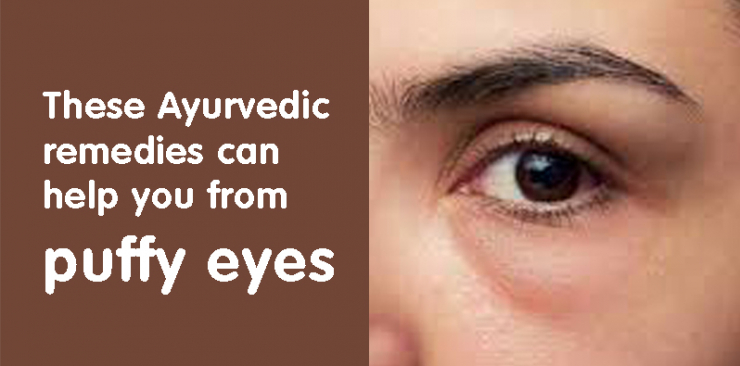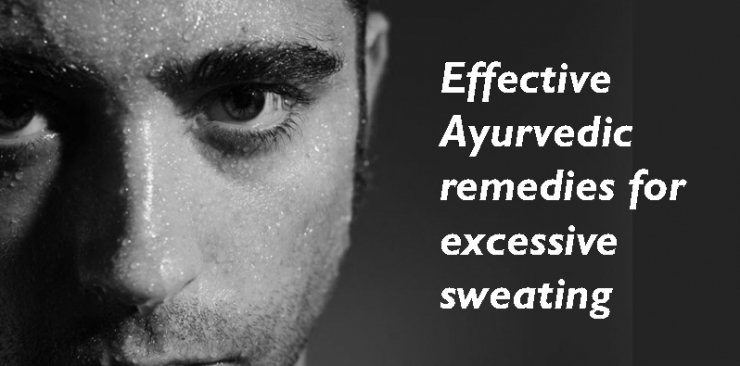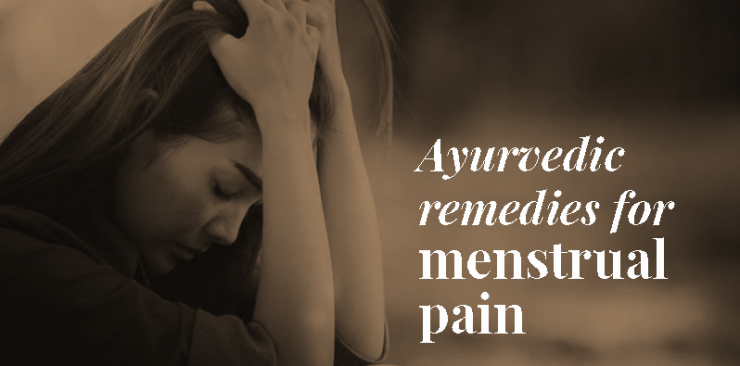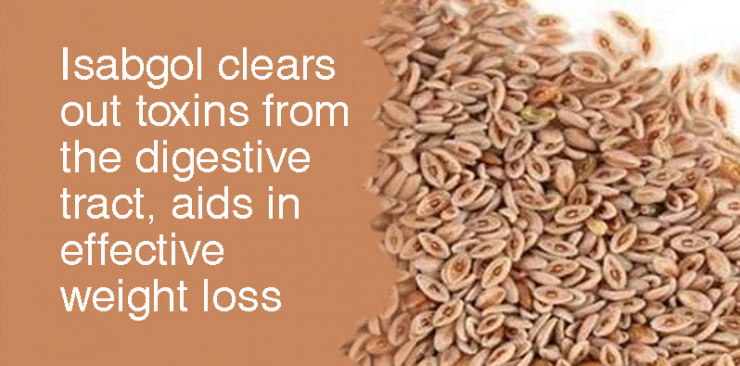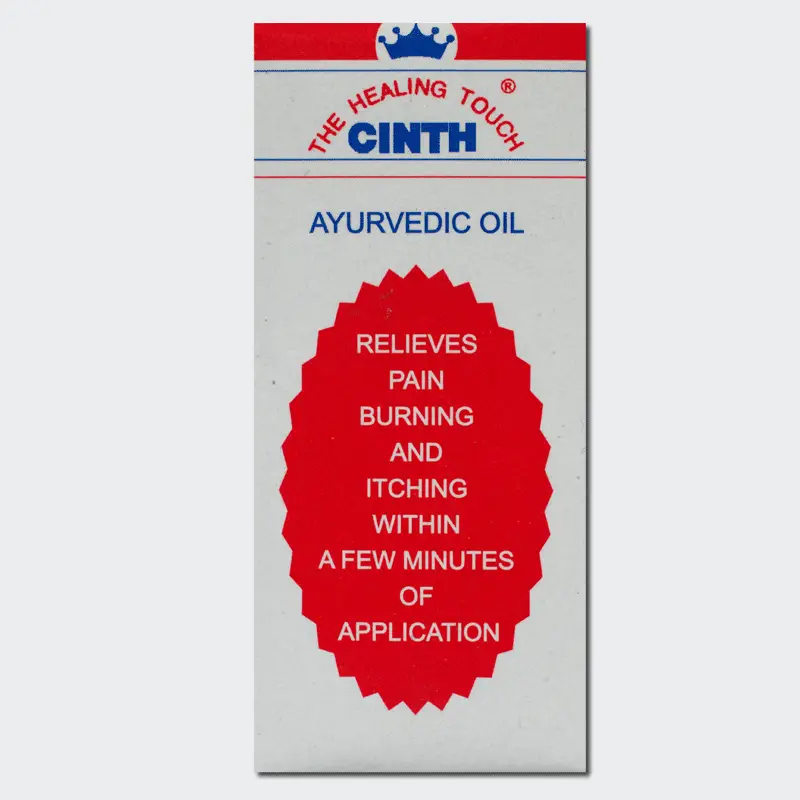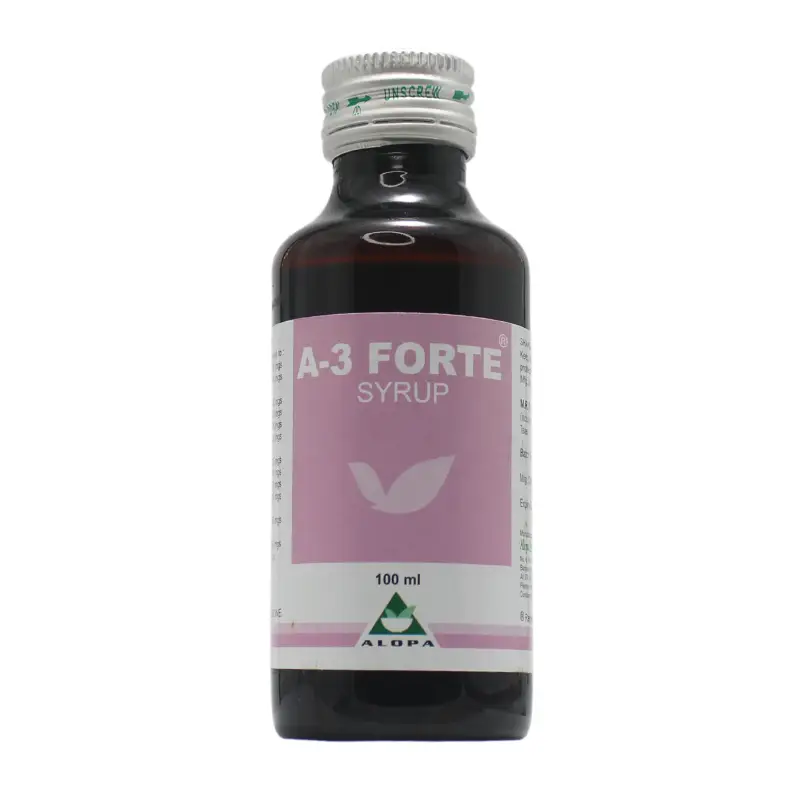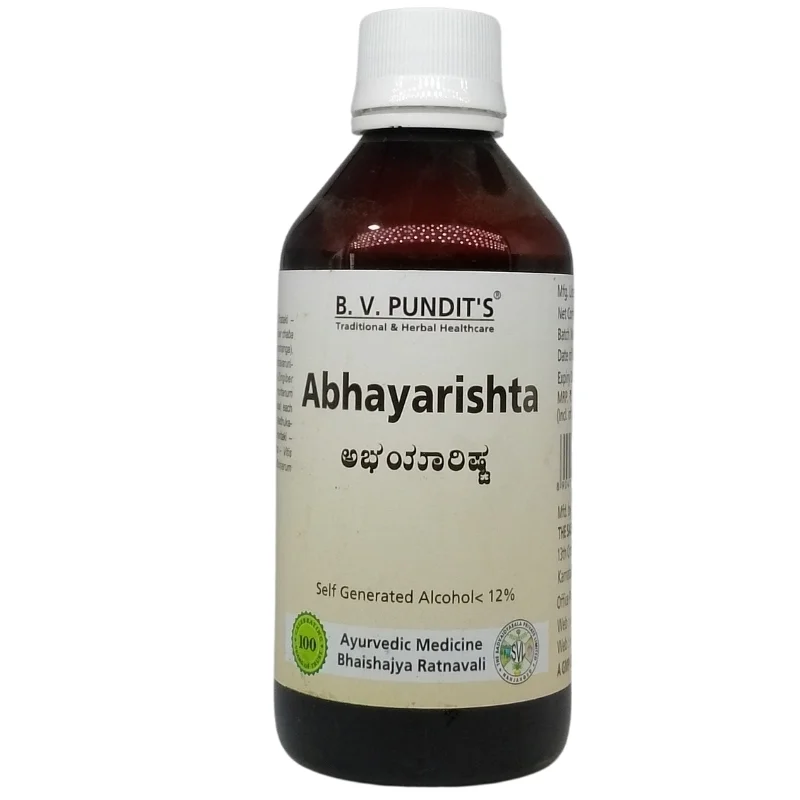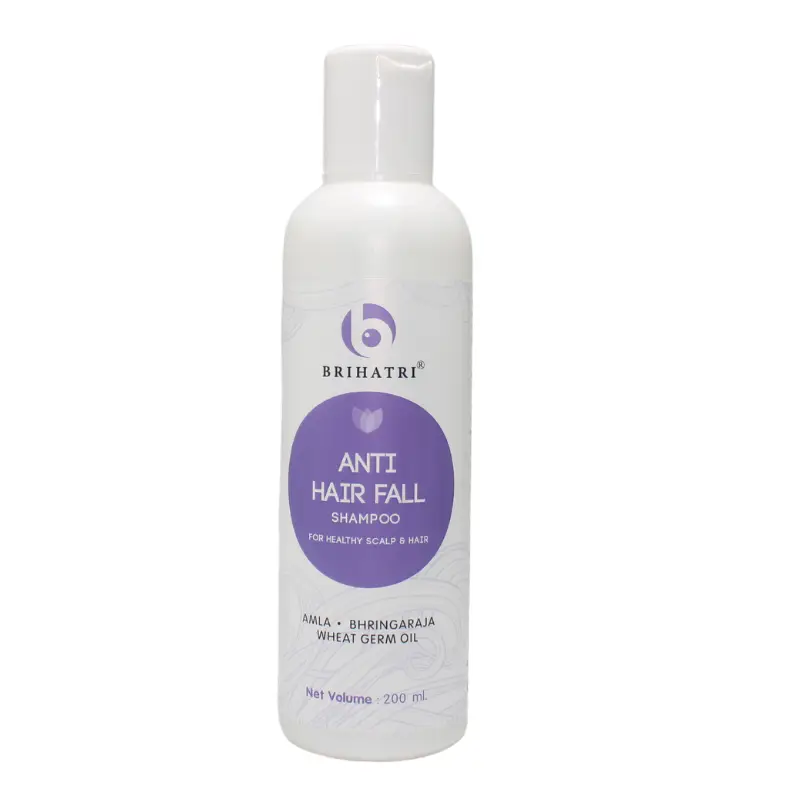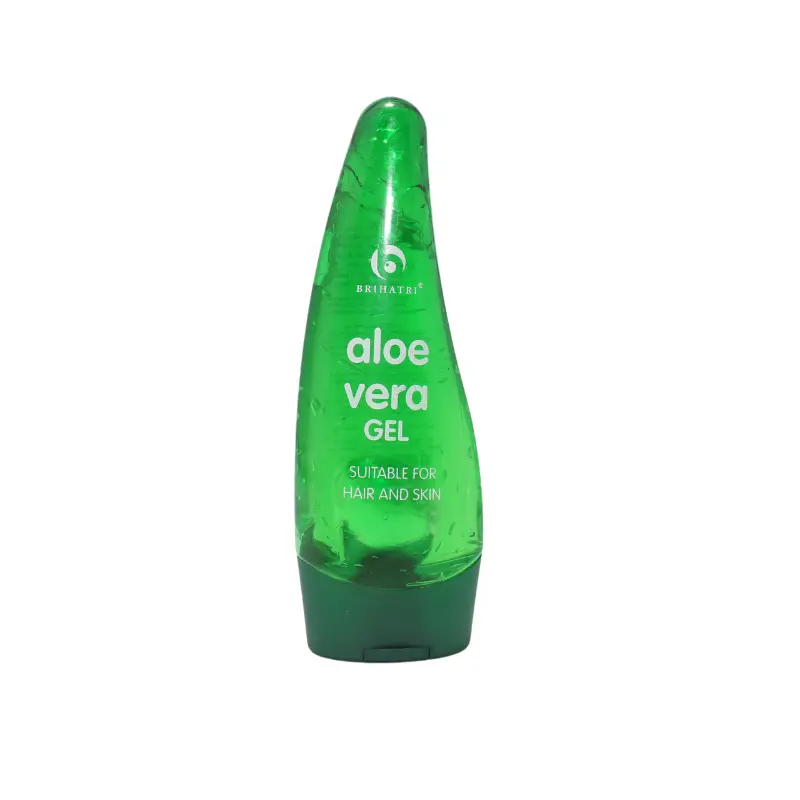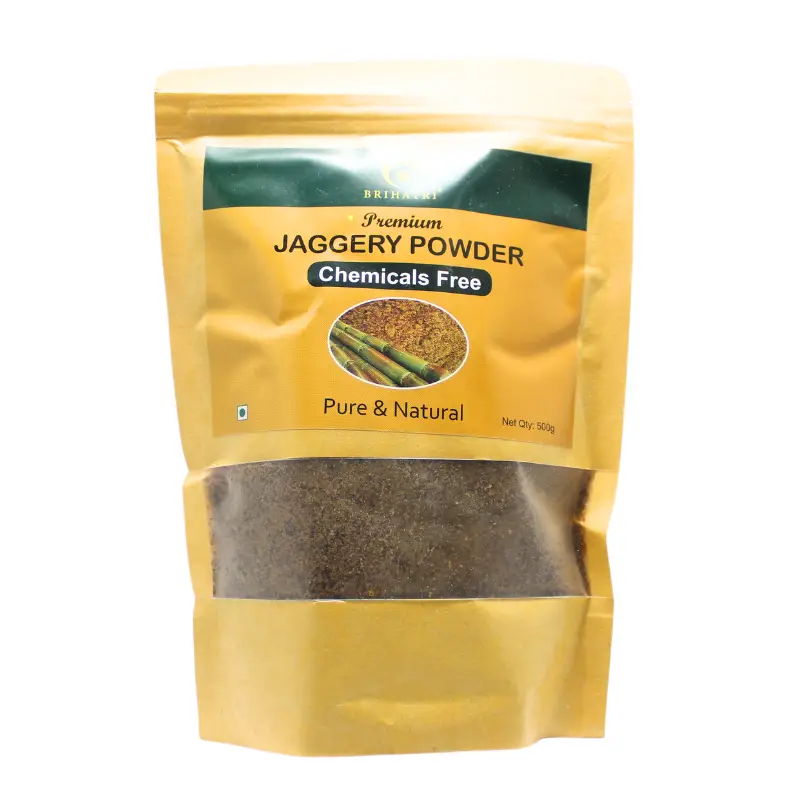These ayurvedic remedies for puffy eyes
The first sign of aging shows up around the eyes as this area has few sebaceous glands to produce oil and keep the skin around the eyes is supple. As a result, puffiness under the eyes starts showing up at the advent of the aging process.
Causes of puffy eyes
With aging, the tissues around our eyes and muscles that support our eyelids, get weak. The normal fat that helps to support the eyes moves into the lower eyelids, causing the lids to appear puffy. Sometimes, fluid gets accumulated in the region under the eyes, adding to the swelling.
According to Ayurveda, puffiness around the eyes occurs when our digestion system gets disturbed. Ayurveda suggests eating food with full concentration, slowly and calmly. If we eat while watching the television or working on the computer, there are chances that we are not chewing the food properly, hence, digestion takes time. Continuous indigestion over a period of time will lead to puffiness around the eyes. Excess salt intake can also cause puffy eyes as it increases peri-orbital edema.
Some diseases like diabetics also cause puffiness because poor kidney function leads to baggy eyes.
Sometimes, when we sleep on our tummy, it can lead to puffy eyes in the morning.
Inflammatory and Pitta aggravating substances like alcohol, tobacco, infections can also cause puffy eyes.
Puffy eyes can also happen due to allergies, fluid retention, lack of sleep, accumulation of emollient night creams, smoking, and heredity. If we have puffiness in the morning after we wake up, it is due to water retention.
Ayurvedic remedies
Proper digestion: Ensure that whatever you eat, it gets fully digested. Chew your food thoroughly. Eat slowly and with full attention to your chewing. Also, give a gap of at least 3 hours in between meals for proper digestion.
Eat collagen-rich food: Collagen is the foundation of connective tissue that supports the skin’s structure, making it firmer. Moreover, with aging, the body produces less collagen. Also, the naturally occurring enzymes break collagen down damaging the skin. When the body produces less collagen, you should start eating collagen-rich food to repair the damage. Collagen-rich foods include dark green vegetables, red vegetables, and orange vegetables. In non-veg, egg, bone broth, meat-based soups, fish like tuna or salmon are rich in collagen. Herbs like garlic, amla, gotu kola, aloe vera, and fruits like pomegranate, berries are rich in collagen.
Reduce salt intake: Sodium found in common salt causes fluid retention that leads to puffiness under the eyes. So try to avoid high salty foods like pizza and other processed foods. Instead eat more of fresh vegetables and fruits. Celery helps to control your desire for salt.
Avoid allergies: Try to find out what gives you eye allergies. Try to avoid those things. In case you get an eye allergy, use a good eye drop or splash cold water on your eyes a number of times. You can also use pure rose water, triphala water or amla water to wash your eyes. A Neti pot also helps to flush out the extra moisture in your sinuses that come from seasonal allergies like colds or infections.
Cold compress: For an external solution, compress the puffy area with ice or cold water. This will help to get rid of the puffiness. Placing cucumber slices or chilled tea bags over your closed eyes also helps. This will also relax your eyes.
Facial muscle exercises: Facial exercises promote glowing and flawless skin. The area under your eyes will also benefit from facial exercises. There are eye exercises also that soothe the eyes. Yoga for the face includes slow exercises of the facial muscles that help in toning and tightening the area around the eyes. Inverted yoga poses such as shoulder stand and back bends, also help to increase circulation to the face.
Keep yourself hydrated: Drink at least 6-8 glasses of water to keep you hydrated, particularly in the summer. Cut down on alcohol and aerated beverages as they dehydrate the skin. Also consume hydrating foods like cucumber, watermelon, berries, celery, tomatoes and beetroot. These foods have circulation-boosting antioxidants that help to reduce puffy eyes.
Stop smoking: The chemicals found in cigarettes are toxic and causes irritation around the eyes. This results in baggy eyes.
Sleep enough: Getting enough sleep is essential. At least 6-8 hours of sleep at night is essential.

